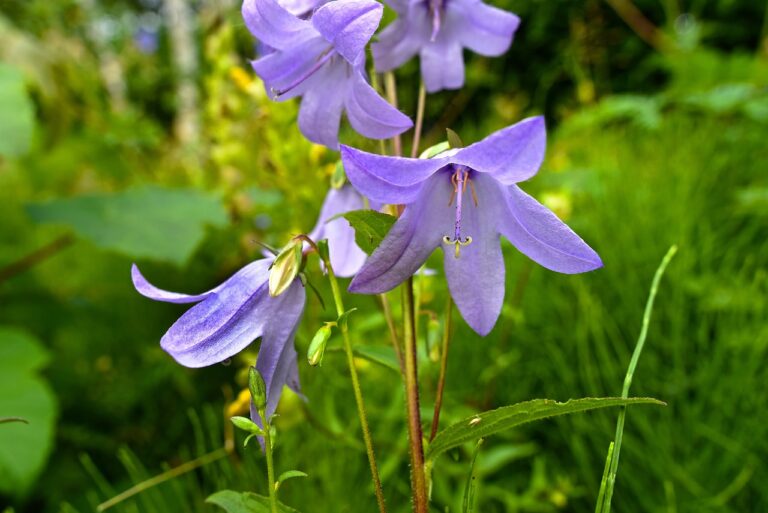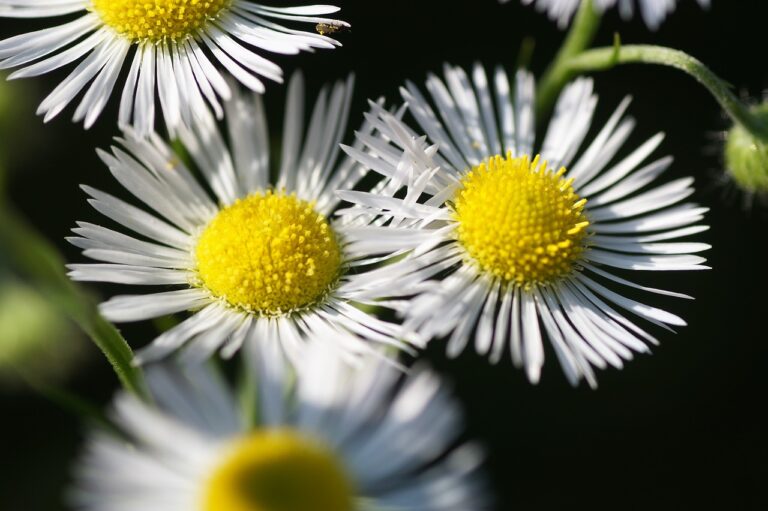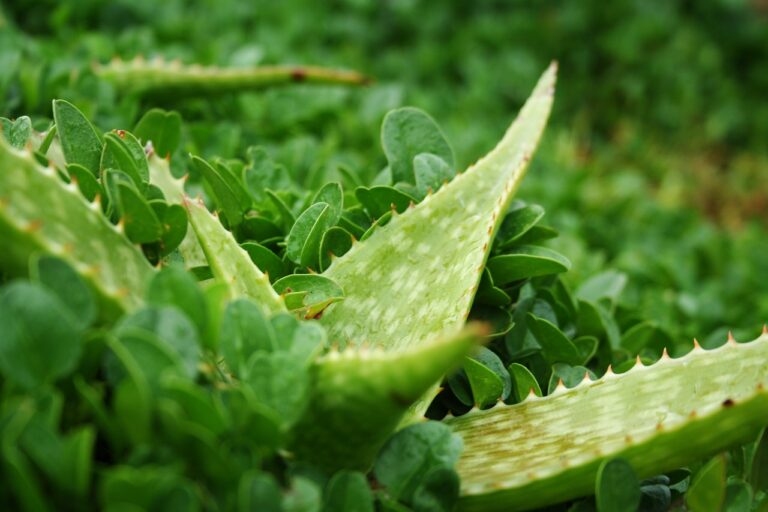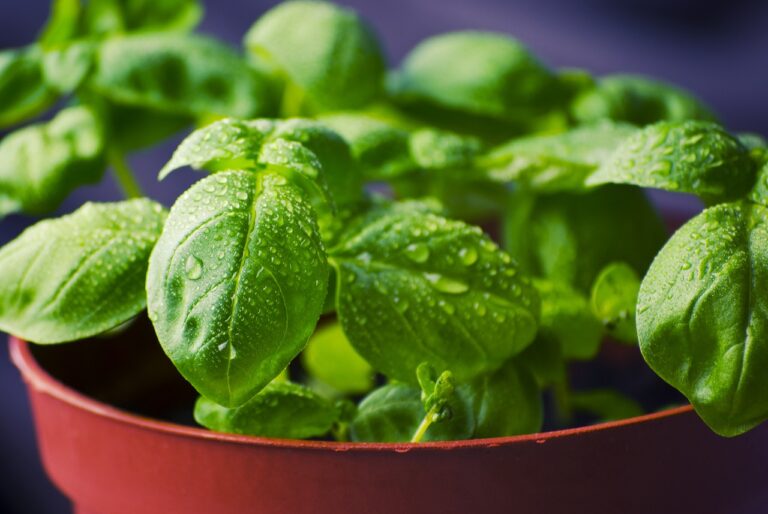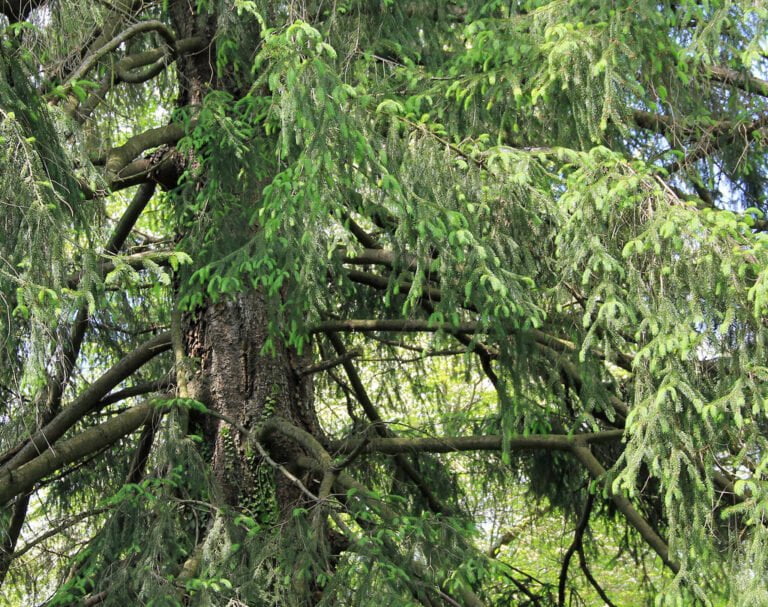Aquatic Plants
I am an aquatic plant, comprising floating, submerged, and emergent types essential for maintaining aquatic ecosystems. I absorb toxins, enhance water quality, provide habitats for wildlife, and add aesthetic appeal to aquatic environments. If you wish to discover more about my important role in the delicate balance of aquatic ecosystems, explore further.
Classification of Aquatic Plants
Aquatic plants, based on their growth habits, are classified into categories such as floating, submerged, and emergent. Each category plays an essential role in maintaining the balance of aquatic ecosystems. Floating plants, like Duckweed and Water Hyacinth, do not anchor themselves to the bottom but instead drift on the water’s surface, with their roots dangling below. These plants provide shade and cover for aquatic organisms and help in nutrient absorption. Submerged aquatic plants, such as Hornwort and Java Moss, have most of their vegetative mass below the water surface. They oxygenate the water, offer shelter to small fish and invertebrates, and compete with algae for nutrients, thereby aiding in water clarity.
On the other hand, emergent plants, like Cattails, grow along the edges of water bodies with their roots in the soil underwater but with their stems and leaves above the surface. These plants stabilize the shoreline, reduce erosion, and provide habitats for various wildlife species. Understanding the classification of aquatic plants is fundamental for managing aquatic environments effectively. By recognizing the unique characteristics and roles of each type, we can make informed decisions to preserve and enhance the health of our water ecosystems.
Characteristics of Algae
Algae, a diverse group of primitive plants thriving in water, exhibit a wide range of sizes and structures. Some species are microscopic, while others can grow to resemble higher plants in appearance. Understanding algae types and their unique reproductive strategies is essential for comprehending their ecological roles in aquatic ecosystems.
Algae Types
In aquatic environments, various types of algae exhibit distinct characteristics that contribute to their diverse forms and functions. When it comes to aquarium plants, algae play a vital role. Some algae species, like green algae, are commonly found in aquariums. They can be free-floating or attached to surfaces. Green algae often have a bright green coloration due to the presence of chlorophyll. Diatoms, another type of algae commonly seen in aquariums, have intricate cell walls made of silica. These microscopic algae are essential in the aquatic ecosystem, serving as a food source for various organisms. Understanding the different types of algae present in aquariums is essential for maintaining a balanced and healthy aquatic environment.
Algae Reproduction
Reproduction in algae involves a variety of methods, including fragmentation and spore formation. Algae species employ these techniques to proliferate and colonize various aquatic environments. When considering algae reproduction in an aquarium setting, it is crucial to understand the following key points:
- Fragmentation: Algae can reproduce asexually by breaking apart into fragments, with each piece capable of growing into a new individual.
- Spore formation: Some algae produce spores that are dispersed through the water, allowing for widespread colonization.
- Life cycle diversity: Algae exhibit a range of life cycles, from simple unicellular forms to complex multicellular structures.
- Environmental adaptation: Algae reproduction strategies often adapt to environmental conditions, ensuring survival in diverse habitats.
- Reproductive structures: Algae develop specialized reproductive structures to facilitate successful reproduction in aquatic ecosystems.
Diversity of Floating Plants
Floating plants in aquatic ecosystems encompass a diverse array of species that contribute significantly to the overall health and aesthetics of the environment. These plants, such as Duckweed and Water Hyacinth, play vital roles in aquatic habitats. They float on the water’s surface, not attached to the bottom, allowing them to move freely with water currents. Some, like Duckweed, are tiny, while others, such as Water Hyacinth, can grow remarkably large, over a foot in diameter.
Most floating plants have dangling roots that absorb nutrients from the water, aiding in water quality maintenance. These roots also provide shelter for various aquatic organisms, including fish and fry. By absorbing excess nutrients, floating plants help prevent algae overgrowth, contributing to the overall balance of the ecosystem.
Visually, floating plants like Water Lettuce and Frogbit enhance the aesthetic appeal of aquariums. They create a natural look and provide shade and cover for aquatic inhabitants. Their presence adds a touch of beauty while simultaneously benefiting the aquatic environment. Understanding the diversity and characteristics of floating plants is essential for maintaining a healthy and balanced aquatic ecosystem.
Adaptations of Submerged Plants
Submerged plants, characterized by their rooted nature and majority of mass below the water surface, exhibit specific adaptations to thrive in aquatic environments. These plants have evolved remarkable features to overcome the challenges of living underwater. Some of the key adaptations of submerged plants include:
- Thin and Flexible Leaves: Submerged plants like Pennywort (Hydrocotyle) have thin and flexible leaves that offer minimal resistance to water flow, reducing the risk of damage from strong currents.
- High Surface Area to Volume Ratio: Their finely divided leaves or feathery foliage maximize the surface area available for nutrient absorption from the water, aiding in efficient nutrient uptake.
- Reduced Cuticle Thickness: Submerged plants often have a thinner cuticle compared to terrestrial plants, allowing for easier nutrient diffusion through the leaf surface.
- Air Spaces in Tissues: Some submerged plants have specialized tissues with air spaces to enhance buoyancy, facilitating the maintenance of an ideal position within the water column.
- Adapted Root Systems: Submerged plants possess finely branched root systems that anchor them in the substrate, aiding in nutrient uptake and providing stability in aquatic environments.
These adaptations collectively enable submerged plants to thrive in a challenging underwater habitat, showcasing their remarkable resilience and specialized features.
Features of Emergent Plants
Emergent plants, such as cattails, are rooted in the substrate of aquatic environments and grow along the water’s edge. Unlike submerged plants, these species have structures that rise above the water surface, adapting to the wetland conditions. Their firm stems and majority of mass above water distinguish emergent plants, providing essential habitat and shelter for various aquatic organisms.
Growth in Water
Rooted in water and often lining the shore, emergent plants exhibit characteristics that distinguish them from other aquatic vegetation.
- Stiff or firm stems elevate them above the water’s surface.
- Cattails, with their distinctive appearance, are a well-known example.
- These plants provide essential habitat and shelter for various aquatic organisms.
- Emergent plants contribute greatly to the ecological balance of aquatic ecosystems.
- They play an important role in stabilizing shorelines and filtering water, enhancing the overall health of the water bodies they inhabit.
Above-Water Structures
Standing tall above the water’s surface, the above-water structures of emergent plants serve important ecological functions in aquatic ecosystems. These plants, such as cattails, have stems that are stiff and firm, aiding in maintaining an upright position. Most of the plant mass is above the water, making them easily identifiable along the shorelines. Emergent plants play a significant role in providing habitats and breeding grounds for a variety of aquatic and semi-aquatic species. In studying emergent plants, techniques like tissue culture have been utilized to propagate them efficiently. Tissue culture allows for the rapid multiplication of desirable emergent plant species, aiding in conservation efforts and enhancing the biodiversity of aquatic environments.
Adaptation to Wetlands
Adapted to thrive in the dynamic wetland environment, the unique features of above-water structures in aquatic plants serve essential ecological functions.
- Emergent plants are rooted along the shoreline in wetlands, standing above the water surface.
- Examples like cattails showcase this characteristic.
- These plants possess stiff or firm stems that provide structural support above the waterline.
- They play a vital role in offering habitat and food sources for diverse wildlife species within wetlands.
- The unique adaptation of emergent plants enables them to flourish in the border zone between aquatic and terrestrial habitats.
Role in Aquatic Ecosystems
In aquatic ecosystems, the role of aquatic plants is essential due to their ability to absorb toxins and contribute to water quality. Aquatic plants in North America are pivotal for maintaining the ecological balance in various water bodies. These plants play an important role in enhancing water quality by removing excess nutrients like nitrogen and phosphorus, which can lead to algal blooms and oxygen depletion if left unchecked. By absorbing these nutrients, aquatic plants help prevent eutrophication, a common issue in many aquatic environments.
Moreover, aquatic plants provide a habitat for fish and other aquatic organisms. The intricate root systems of plants offer shelter, breeding grounds, and foraging areas for a diverse range of species. Additionally, through photosynthesis, aquatic plants release oxygen into the water, which is essential for the survival of fish and other aquatic life forms. This oxygenation process helps maintain a healthy and balanced ecosystem.
Furthermore, the presence of aquatic plants enhances the visual appeal of aquatic environments such as aquariums and natural water bodies. Their varied shapes, sizes, and colors create a visually pleasing underwater landscape while serving important ecological functions. Overall, the role of aquatic plants in North American aquatic ecosystems is multifaceted, contributing significantly to water quality, biodiversity, and overall ecosystem health.


